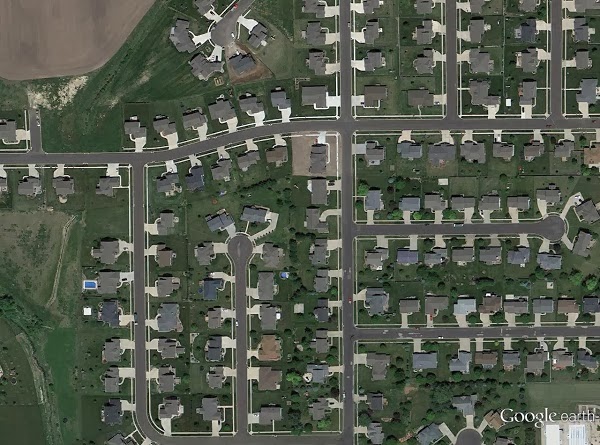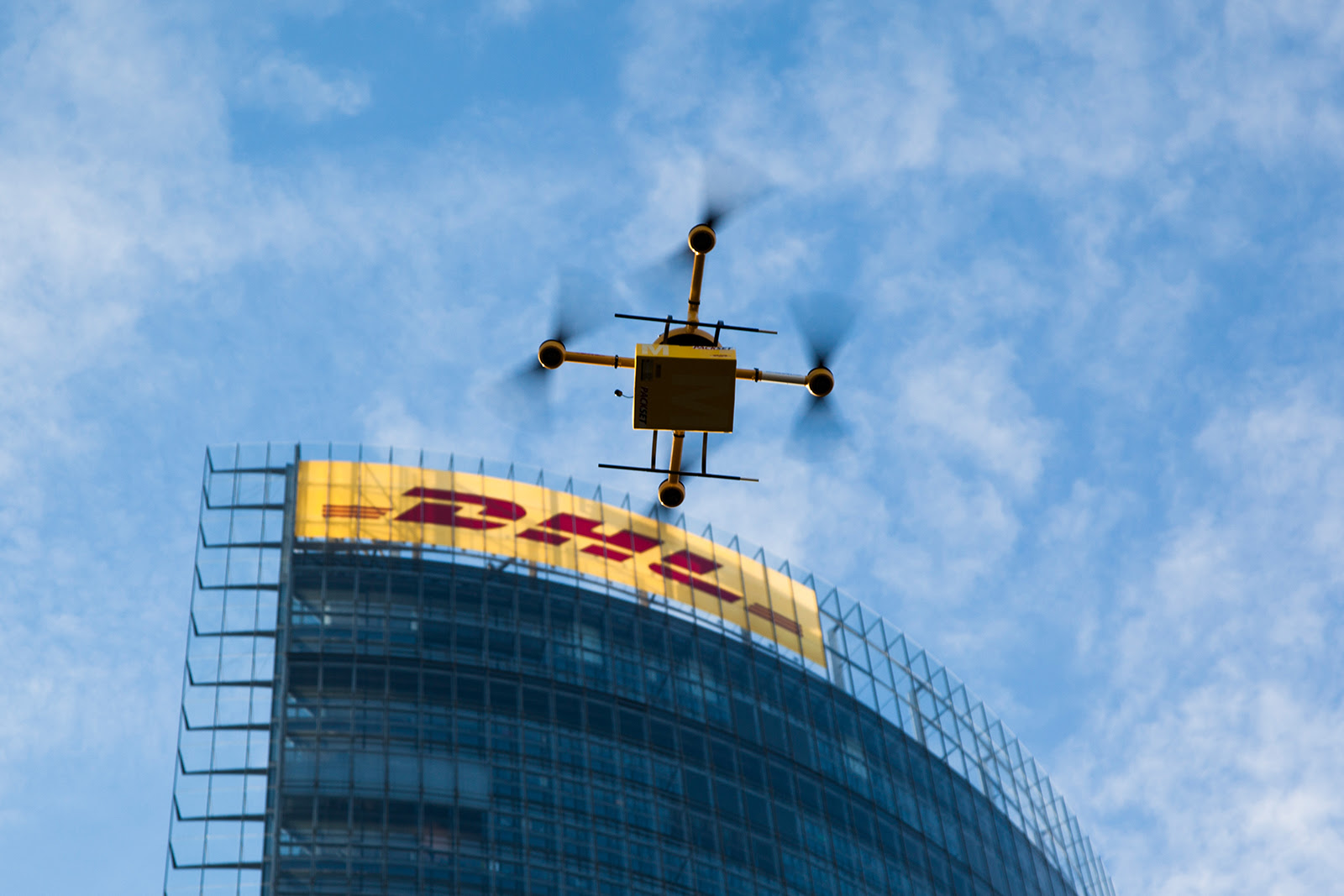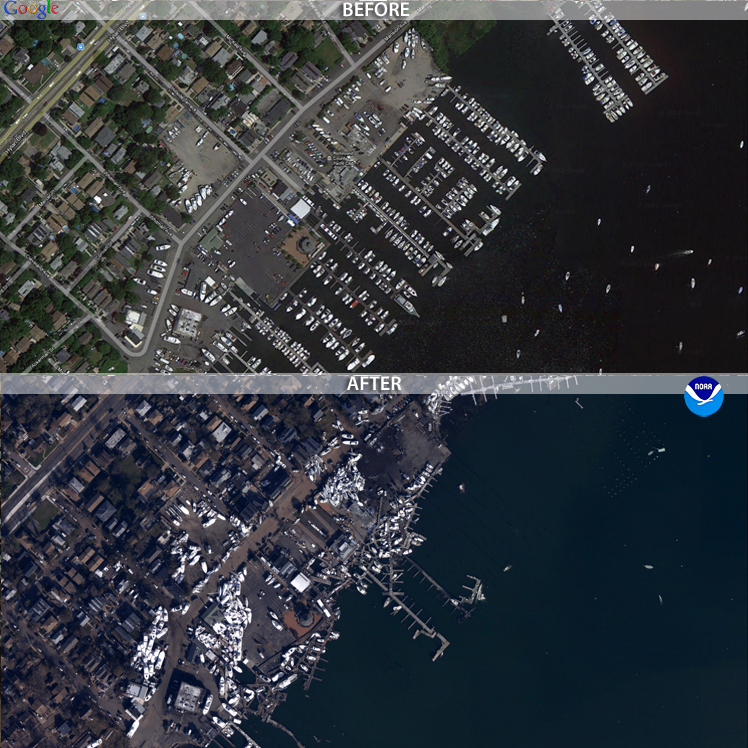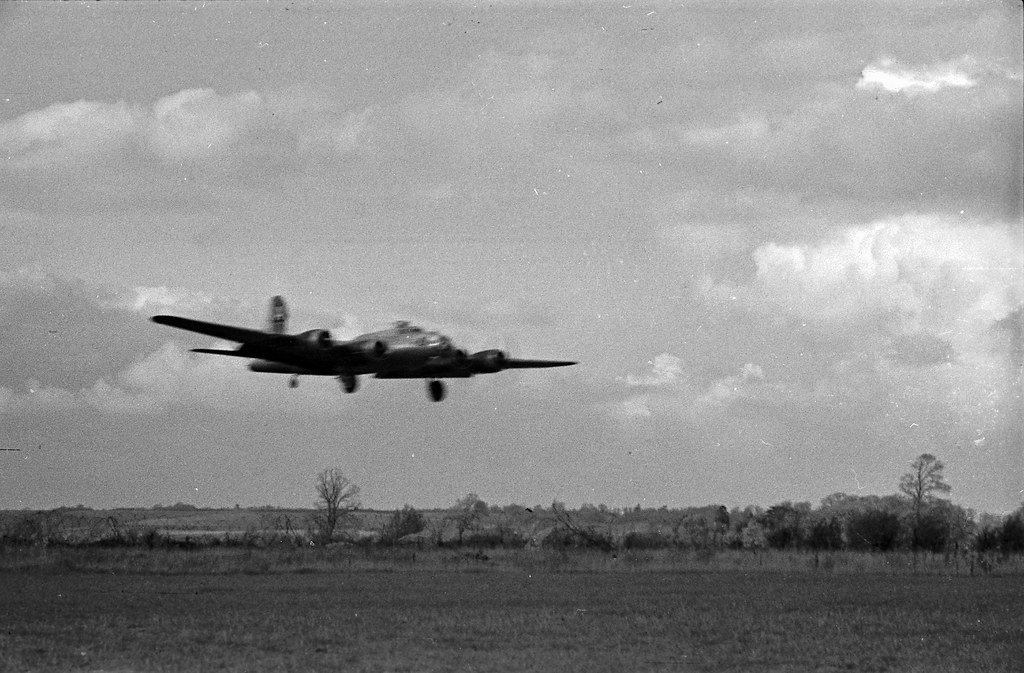Go back just one or two years in the world of drones, and you'll notice a distinct separation between the price of these small, remotely-guided aircraft. At the top end, you had systems like the
Gatewing X100 and the
DraganFly X6 which cost $20,000 and up, with some models . These units were generally designed for commercial or government use, and with adequate training, can be flown "out of the box."
But for hobbyists and members of the DIY/Maker movement, similar products could be hacked together from GPS and gyro-equipped microcontrollers, RC electric motors, and RC radio equipment for about $1,000.
This price point has made drones very attractive to "hacktivists," or activists with a great deal of technical ability who use that expertise to further the goals of a political cause. Think Tim Pool and the Occucopter, anti-ACTA protestors in Estonia, N8 protestors in Argentina, or SHARK and its Angel Drone
(recently shot down for the fourth time).
The video obtained from these aerial platforms have proved useful in rallying support and attention to political movements. Journalists would do well to take notes from how the hacktivists have deployed drones around the world -- because these methods can be easily transplanted into journalism.
The cost of drones has dropped considerably in recent years, now opening up a nice $2,000 - $15,000 range of drones that don't require much hacking experience at all. But there's just one big problem: regulations. There's currently not a place in the FAA regulations for a viable commercial pursuit of drones, and that includes commercial journalism.
There is, however, a place for government and research institutions to use drones. That place is called a Certificate of Authorization, or COA (pronounced "Koh-ah" in the industry).
But let's say you're not a government institution, and still want to fly a drone. There is still a place for you to fly a drone, albeit as a hobbyist.
The FAA regulation
AC 91-57 allows anyone to fly a remote-controlled vehicle, for recreation, so long as the aircraft is not flown above 400 feet AGL (above ground level), or within 3 miles of an airport. You must also give way to full scale airplanes, should they enter your airspace (but that really shouldn't happen, given that the lowest legal limit for an airplane to fly is 500' AGL).
Since you're flying as a hobbyist, you should get to know the
Academy of Model Aeronautics. The AMA dates back to 1936, and it's the largest association of its kind in America. Club members have years of experience dealing with nearly the exact same kind of controls, radio equipment and motors that make the majority of the $15,000-and-under drones work.
And as a paid member, you get
$2.5 million in liability coverage, should your drone have an unfortunate series of events. Keep in mind that coverage is only valid if you follow
AMA guidelines.
The latest issue of
Model Aviation, which is AMA's official magazine, has quite a few pages devoted to drones. Apparently quadrotors are the biggest growth area for the entire RC hobby. Hobbyists are especially captivated by the aerial video capability of these drones (seeing a theme here?).
The December issue has a great write-up that's a good introduction into multi-rotor drones meant for hobbyists, but it's great for journalists as well.
An excerpt from the article:
Multicopters come in all shapes and sizes. Although there are
configuration differences, they all have the same basic components:
pilot command and control, motors, propellers, ESCs, a frame, and a
flight control module.
Depending on how advanced you want to be, multicopters may also
have video cameras, GPS, compasses, barometers, sonar sensors, and
telemetry. Often, many of the sensors and secondary options are built
into the flight controller, which also houses the electronic gyros and
accelerometers found on most multicopters.
The article also includes some interesting historical background on the origin of multicopters and similar aircraft.
Read "Rise of the multicopter" here.




















